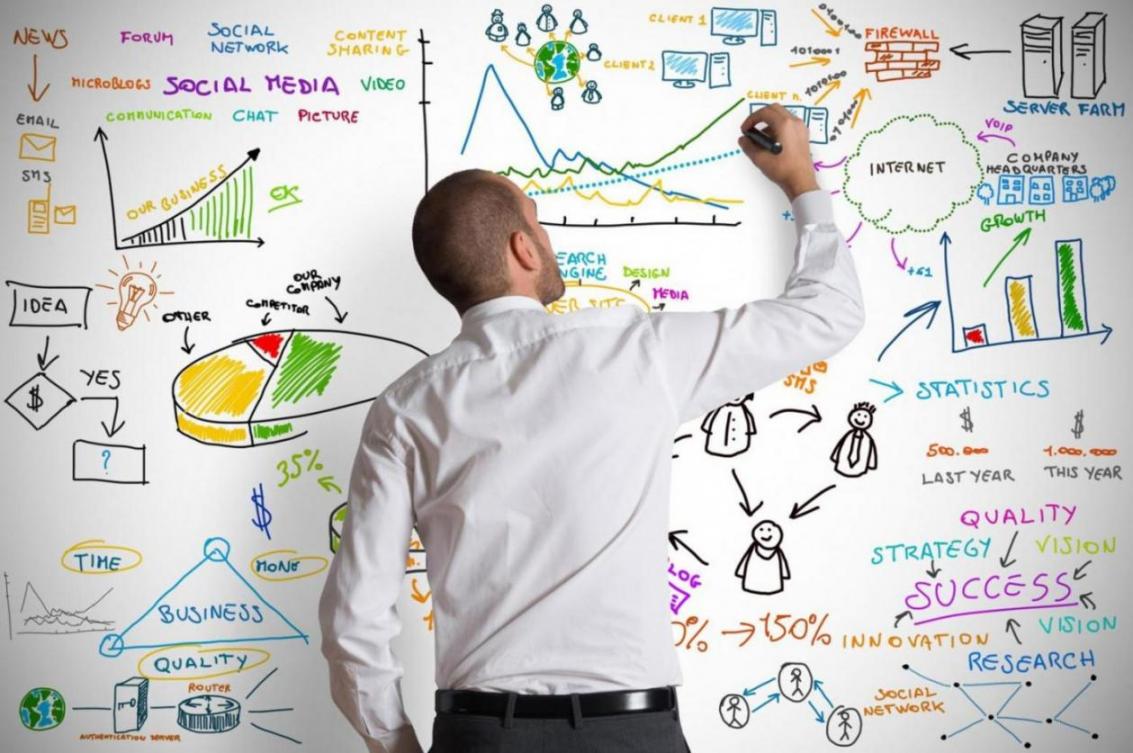Spending for research has increased in the 2016-17 budget bill sent to the Majlis to 70 trillion rials ($2.3 billion), a 100% hike over the previous year’s allocation, said Vahid Ahmadi, deputy for research at the Ministry of Science, Research and Technology.
“This substantial increase (if approved) means that research and innovation will now receive one percent of the gross national income (GNI), up from 0.47 % in the previous years,” he said in a talk with Khabaronline news website.
Experts say the higher budget along with improvement in Iran’s foreign relations following the lifting of economic sanctions will breathe new life into the lagging R&D sector.
The higher funding will allow relevant bodies to upgrade laboratories and facilities at research centers, expand knowledge-based companies and help create jobs for the army of graduates passing out from universities every year.
Given the move toward normal ties with the outside world following the implementation of the historic nuclear agreement, Iran can strengthen its scientific interaction with the international community and reinforce local research and technology, the deputy minister said.
The areas of research and technology facing shortcomings include scientific and technology parks and laboratory equipment at the higher education level and in dire need of funding.
It will also help improve scientific publications and online networking and ties between universities, and upgrade laboratory equipment.
One of the government’s as well as the Science Ministry’s policies involves supporting knowledge-based companies through financial assistance and tax breaks (in employment), which should also help create jobs for university graduates.
“An estimated 29,000 graduates have been employed by knowledge-based companies over the past few years. This is expected to increase further with new funding, facilities and development of infrastructure.”
The lifting of sanctions has removed obstacles and prepared the ground for closer cooperation with the world. Many European countries including Austria, Germany, Italy and Finland, have sent high-level government delegations to Iran and several MoUs have been signed.
“Now there are opportunities for Iran to make use of the developed countries’ scientific advancement and for them to explore our potentials,” the official said.
“We are not focusing on Europe alone, but relations with Africa and regional countries have also been fostered and joints projects such as faculty and student exchange programs are underway.”
Scientific Citation
Meanwhile, data from international citation databases shows that Iran’s participation in fostering global knowledge has increased.
According to ISI indexes (Information Sciences Institute), Iran’s scientific contribution has now reached 1.5%.from 1.38% in 2012, Ahmadi told IRNA.
Scopus Citation Database, however, shows Iran’s share at 1.5% in 2012 rising to 1.65% at present.
Also, 13 Iranian Universities have been listed as the top world academic centers since 2012 when the number was zero based on information from Leiden Database.
In terms of scientific growth acceleration, Iran ranks fourth after China, India and South Korea, and has achieved the growth despite the wide-ranging sanctions and restrictions.
The number of science and technology parks and incubators has also risen from 33 and 146 in 2012, to 37 and 156 respectively, in 2015.
The export of science-based products in 2012 was zero but since then Iran has exported products worth $85 million which is significant given that it is a relatively new territory for Iranian firms.
The number of employees in incubators and technological units reached 29,000 in 2015, up from 13,000 in 2012.


